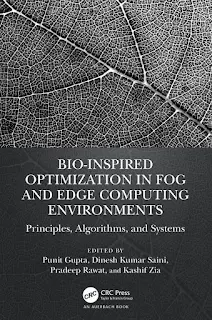Artificial Bee Colony Optimization Algorithm Using MatLAB
This course is specifically developed for B. Tech. and M. Tech/MS students of all Engineering disciplines. Especially the students of Mechanical, Electrical, Automobile, Chemical, Aeronautical, Electronics, Computer science, Instrumentation, Mechatronics, Manufacturing, Robotics and Civil Engineering can learn MATLAB basics and solve Engineering Optimization problems in their area as part of mini-project or capstone project. In addition to this, the course is also useful to Ph. D. students of different engineering branches.
The course is designed in such a way that the student who is not well versed with MATLAB programing can learn the basics of MATLAB in the first part so that it is easy for him/her to understand MATLAB implementation of Artificial bee colony Algorithm to solve simple and advanced Engineering problems. The content is so organized that the learner should be able to understand Engineering optimization from scratch and solve research problems leading to publication in an international journal of high repute. It should be useful to students of all universities around the world.
What you’ll learn: Write MATLAB program to solve Engineering problems + Understand Artificial bee colony Optimization Algorithm (ABC) + Implement ABC Algorithm to solve benchmark problems + Implement ABC Algorithm to solve Mechanical Engineering problems + Design and develop MATLAB program using ABC Algorithm for Mechanical Engineering Optimization problem + Work on research problem leading to publication in international journals of high repute.





